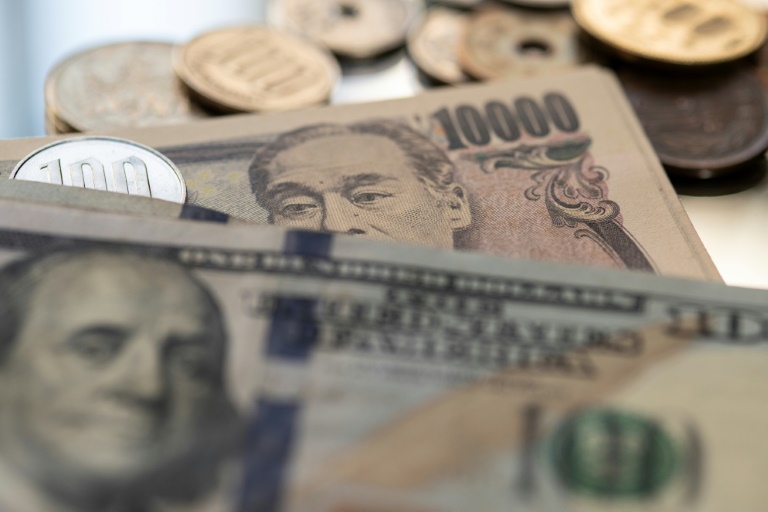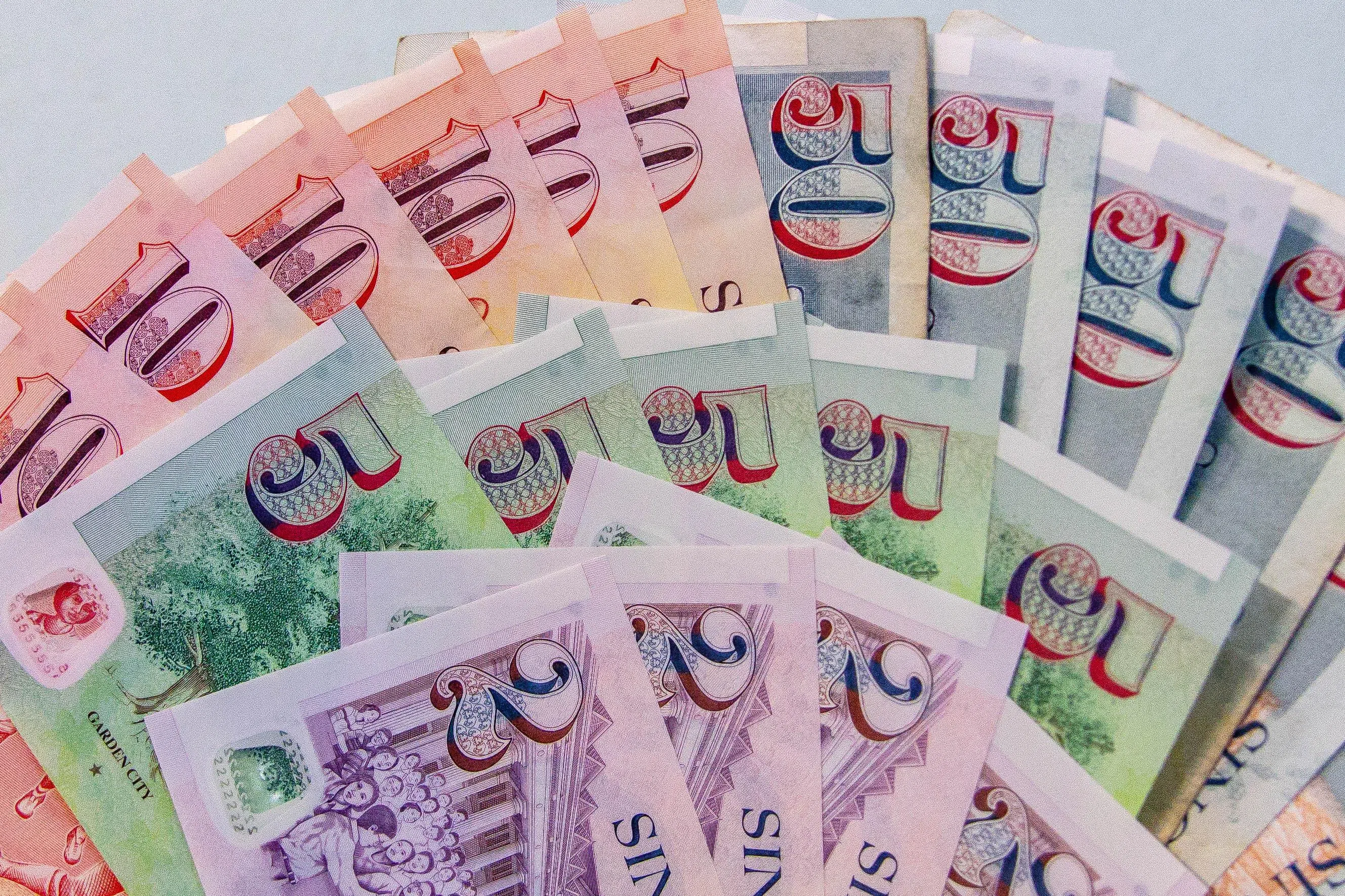The U.S. dollar declined sharply on Monday and particularly dropped against the yen as investors expect a dovish stance from the Federal Reserve in the upcoming release of July policy meeting minutes.
The release of the Fed minutes on Wednesday and Chair Jerome Powell’s speech at the Jackson Hole symposium on Friday are expected to be key in influencing currency markets throughout the week, according to Reuters.
Inflation data from Canada and Japan, along with Purchasing Managers’ Index (PMI) readings from the U.S., eurozone, and UK, are also set to impact market movements.
The dollar weakened by more than 0.8% against the yen, falling to 146.37 yen, down from a two-week high of 149.40 yen reached last week.
Analysts attributed this sharp decline primarily to the overall weakening of the dollar rather than any specific yen strength.
On Friday, Bank of Japan (BOJ) Governor Kazuo Ueda is scheduled to speak in parliament, where he is expected to discuss the BOJ’s recent decision to raise interest rates—a shift towards a more hawkish stance.
The BOJ’s unexpected move last month had previously triggered significant market volatility, leading to a large-scale selloff in risk assets, including a sharp drop in the Nikkei index.
This market turbulence was further intensified by weaker-than-expected U.S. economic data in early August, particularly a disappointing jobs report for July, which fueled fears of an impending recession in the U.S. and concerns that the Fed might be slow to ease interest rates.
However, with some of those concerns now subsiding, the yen has lost part of its recent gains, and recent Japanese investment data suggests that investors are now betting on the BOJ proceeding cautiously with future rate hikes, keeping the yen relatively weak.
In other currency movements, the euro edged closer to a seven-month high, trading at $1.1039, while the British pound reached a one-month high of $1.2960 earlier in the session, settling slightly lower at $1.2957.
The dollar index, which measures the greenback against a basket of currencies, slipped 0.24% to 102.21, not far from its seven-month low of 102.15.
Traders have fully priced in a 25-basis-point rate cut by the Fed in September, with a 24.5% chance of a 50 basis-point cut. Futures markets suggest over 90 basis points of easing by the end of the year.
The New Zealand dollar rose 0.43% to $0.6078, while the Australian dollar hit a one-month high of $0.6694, bolstered by improving risk sentiment on expectations of a dovish outcome from the Fed.
The Australian dollar also benefited from reduced bets on imminent rate cuts, following comments from Reserve Bank of Australia Governor Michele Bullock, who indicated on Friday that it was too soon to consider rate reductions.







